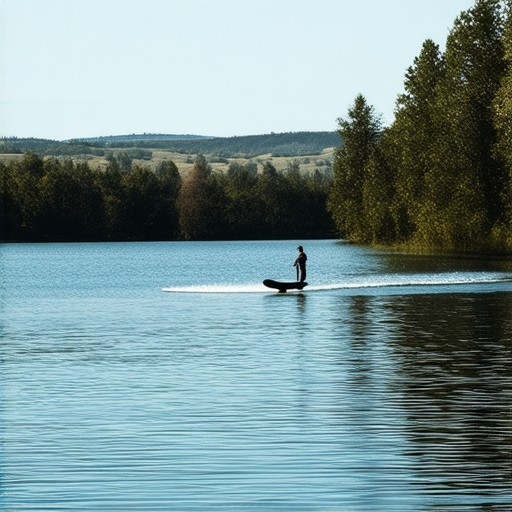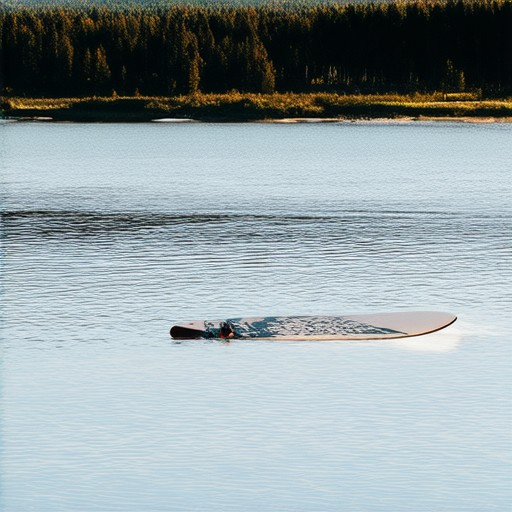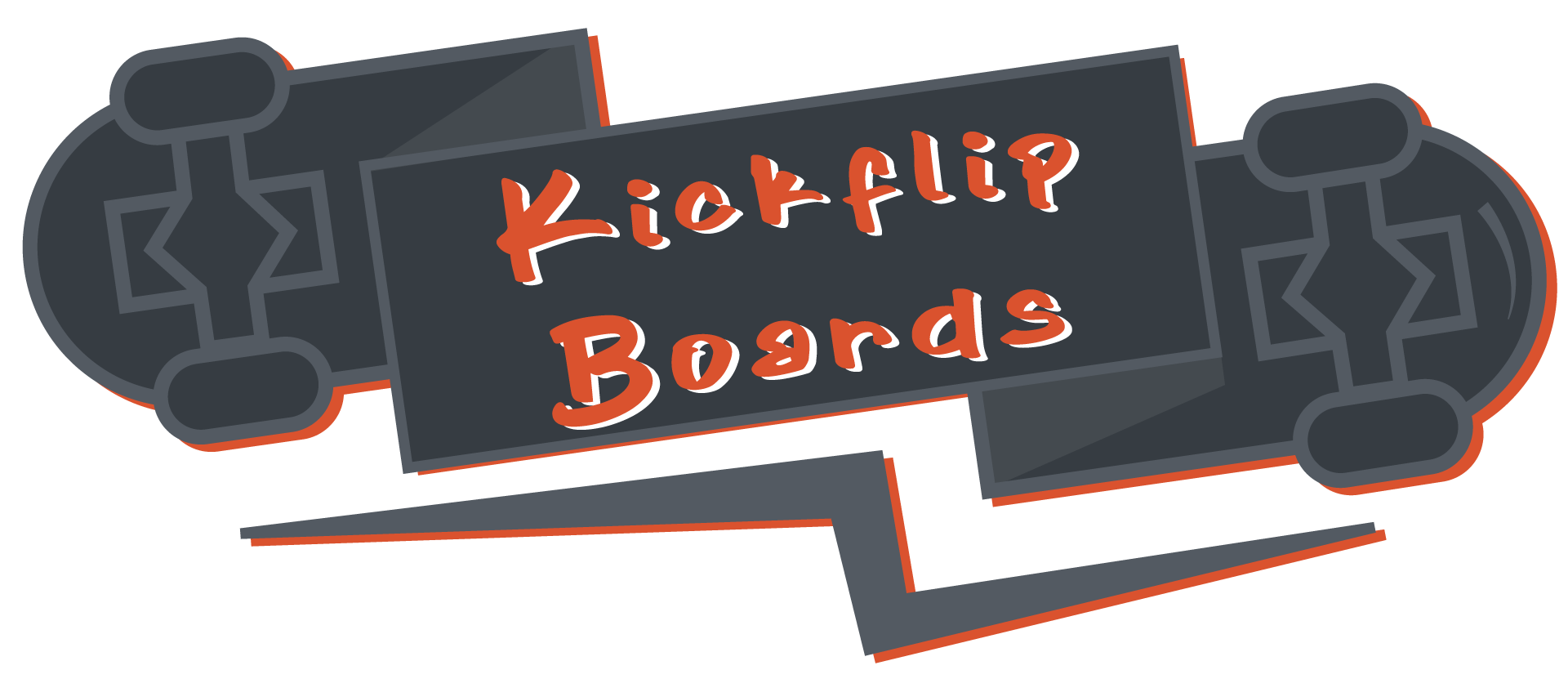Exploring Longboard vs Skateboard Differences: Why Longboards Might Be Easier for Beginners Than You Think
When it comes to choosing between a longboard and a skateboard, many individuals find themselves stuck on the fundamental differences between these two popular boards. Whether you’re a complete novice or someone looking to expand your skills, understanding the distinct characteristics of each type of board can help you make an informed decision. From their size and shape to their intended purposes, longboards and skateboards cater to different types of riders, offering unique experiences and benefits. In this article, we’ll dive into the key differences between longboards and skateboards, exploring everything from their design to their performance on various terrains. We’ll also touch on why longboards might be easier for beginners compared to traditional skateboards, providing valuable insights for those just starting out in the world of longboarding versus skateboarding.

Understanding the Difference Between a Longboard and a Skateboard
Kickflip Boards offers a comprehensive guide to understanding the key differences between longboards and skateboards, helping riders make informed decisions based on their preferences and riding style.
Size and Design
- Deck Length: Skateboards typically feature a shorter deck (around 7-9 inches), while longboards have longer decks (usually 8-12 inches). The extended length of a longboard allows for increased stability and speed.
- Wheel Size: Skateboards come with smaller wheels (usually 51mm-54mm), whereas longboards feature larger wheels (60mm-65mm), which roll smoothly over uneven surfaces and provide a faster ride.
- Truck Width: Skateboards have narrower trucks (typically 5-6 inches), offering precise control for tricks and tight turns. Longboards, with wider trucks (6-8 inches), enhance stability and are better suited for cruising and long-distance rides.
Riding Style
- Stability: Longboards excel in stability due to their longer deck and wider trucks, making them ideal for high-speed commuting and smooth surfaces. Skateboards offer a snappier feel with their compact design.
- Maneuverability: Skateboards are more maneuverable, perfect for quick turns and tricks. Longboards, while less agile, provide a more comfortable and controlled ride for straight-line cruising.
- Surface Type: Longboards perform exceptionally well on pavement and concrete due to their larger wheels and stability, while skateboards adapt to rougher terrains and cracks in the surface.
Components
- Trucks: Skateboards use smaller, lightweight trucks for better control, whereas longboards utilize heavier, sturdier trucks to enhance stability during longer rides.
- Wheels: Longboard wheels are designed for comfort and speed, whereas skateboard wheels are optimized for quick acceleration and sharp turns.
- Bearings: Both boards typically use ABEC-7 bearings for smooth rotation, though the size and weight distribution may vary slightly between models.
Intended Use
- Skateboarding: Ideal for street skating, vert ramps, and park sessions, skateboards are built for agility and trick performance.
- Commuting/Touring: Longboards are perfect for daily commutes, bike paths, and scenic tours, offering a relaxed and efficient riding experience.
At Kickflip Boards, we understand that the choice between a longboard and a skateboard depends on your riding style and intended use. Whether you’re looking for a high-speed commuter board or a versatile tool for skatepark fun, our selection caters to every rider’s needs. Explore our collection today and find your perfect match!
Explore our full range of longboards and skateboards to discover which option suits your lifestyle best.
Why Do Longboards Go Faster Than Skateboards?
Longboards generally surpass skateboards in speed due to several design and functional advantages:
- Deck Length and Wheel Size:
- Longboards feature extended decks paired with larger wheels (often 7″ or more), allowing them to cover greater distances per push and maintain higher speeds over longer rides.
-
The increased wheel size enhances stability and reduces the effort required to move, contributing to sustained speed.
-
Stability at Higher Speeds:
- The longer deck and larger wheels of longboards provide better stability, enabling riders to maintain control at faster speeds.
-
This stability ensures that energy isn’t wasted on balancing, allowing for more efficient speed maintenance.
-
Efficient Weight Distribution:
- The extended shape of longboards distributes weight more effectively, promoting a lower center of gravity.
-
This positioning enhances balance and makes it easier to maintain momentum, which translates into higher speeds.
-
Wheel Performance:
- Larger wheels on longboards reduce rolling resistance and absorb shocks more efficiently, leading to smoother rides and increased speed over uneven surfaces.
-
In comparison, skateboard wheels are often smaller, which can make each push less effective in covering distance quickly.
-
Riding Style and Leverage:
- The longer deck allows for a more relaxed and efficient riding stance, where riders can apply more force with their feet.
- This increased leverage enables better push power, contributing to higher speeds compared to skateboards.
By combining these factors, longboards excel in speed and efficiency, making them a preferred choice for those seeking to cover distance quickly while maintaining control.

Can Longboards Do Tricks?
Yes, longboards can definitely perform tricks. Designed for versatility, longboards are ideal for executing a variety of tricks due to their longer wheelbase and stability. Whether you’re new to longboarding or looking to progress your skills, here are some common tricks you can try:
- Slides : Longboards excel in sliding, allowing riders to glide smoothly over surfaces. Practice balancing your weight distribution and focusing on board control.
- Ollies : A fundamental trick, ollies involve popping the nose of the board into the air. With practice, you can master this and combine it with other maneuvers.
- Grinds : From nosegrinds to tailgrinds, longboards offer enough width to execute these tricks comfortably. Experiment with different pressure points and foot placements.
- Air Tricks : Once you’ve got the basics down, try adding some height with 360 flips, 540s, or even bigger spins. These require smooth transitions and timing.
- Manuals : Manual tricks involve riding the board without touching the deck. Start slow and practice your balance before attempting more complex variations.
Longboards are a fantastic choice for anyone looking to explore the world of tricks. Their larger size makes them more stable and easier to control compared to shorter boards. Check out our resource hub for tips on maintaining and customizing your longboard for optimal performance. Don’t forget to explore our selection of high-quality longboards from trusted brands like Arbor and others.

How to Stop on a Longboard
To effectively stop on a longboard, consider the following methods:
- Foot Pressure: Push your foot backward to apply brakes. Look ahead to ensure safety.
- Weight Transfer: Shift your weight backward and lean slightly to maintain balance.
- Front Foot Braking: Gently press down with your front foot to decelerate smoothly.
- Back Foot Slide: Slide your back foot forward while shifting your weight.
- Use Rails: If available, grab a curb or rail for added stability.
- Look Ahead: Keep your eyes on the road to avoid obstacles and maintain control.
Practicing these techniques on various surfaces will enhance your ability to stop safely and effectively.
Is It Difficult to Learn Longboarding?
Longboarding may seem daunting at first, but with the right approach, it becomes manageable and even enjoyable. While mastering longboarding requires patience, practice, and a willingness to fall, many riders find it accessible to pick up the basics relatively quickly. Here’s a breakdown of what to expect:
Learning Stages
- Getting Started: The initial phase involves mastering the basic stance, weight distribution, and balancing techniques. Many riders find this stage rewarding as they gain a sense of control over the board.
- Intermediate Skills: Once comfortable with the basics, riders often move on to more advanced maneuvers like carving, kickflips, and grinds. This stage requires more focus and practice but is achievable with consistent effort.
- Mastering Advanced Techniques: As skills improve, riders may explore combinations of tricks and manual transitions. This level demands precision and a deeper understanding of the board’s physics.
Challenges Faced
- Balance and Coordination: Longboarding places a strong emphasis on balance and coordination, which can take time to develop.
- Foot Placement and Weight Shift: Mastering the correct foot placement and weight shifts is crucial for smooth transitions and control.
- Board Control: Understanding how to manipulate the board’s shape and curvature through carves and kicks takes practice.
Tips for Success
- Practice Regularly: Consistency is key. Aim to spend time on the board a few days a week to build muscle memory and improve technique.
- Choose the Right Board: Different boards suit varying skill levels. Start with a cruiser or drop-through model before progressing to longer boards.
- Find the Right Spot: Practice in open, flat areas to avoid obstacles and build confidence in your movements.
- Learn from Others: Watching tutorials or joining local longboarding communities can provide valuable insights and motivation.
Resources to Help You Succeed
For more tips and resources to help you get started with longboarding, visit our comprehensive guide. We offer detailed articles, video tutorials, and product recommendations tailored to riders of all levels. Explore our gear sectionto find the perfect setup for your style.
With persistence and the right approach, anyone can learn to longboard. Embrace the journey, enjoy the thrill, and soon you’ll be gliding smoothly down the road!

Why Do You Drop Through a Longboard?
Dropping through a longboard involves recessing the trucks into the deck, creating a lower center of gravity. This setup enhances stability and control, particularly useful for high-speed maneuvers and downhill runs. The reduced truck height allows for a smoother ride, minimizing the risk of edge catches. However, this design may limit the responsiveness needed for tricks, as the fixed trucks can hinder flicks or ollies.
Additionally, dropping through can reduce weight, making the board more portable and easier to handle. While it excels in stability and speed, riders should consider whether the fixed trucks suit their riding style, as this setup may not be optimal for every type of skateboarding.




0 Comments